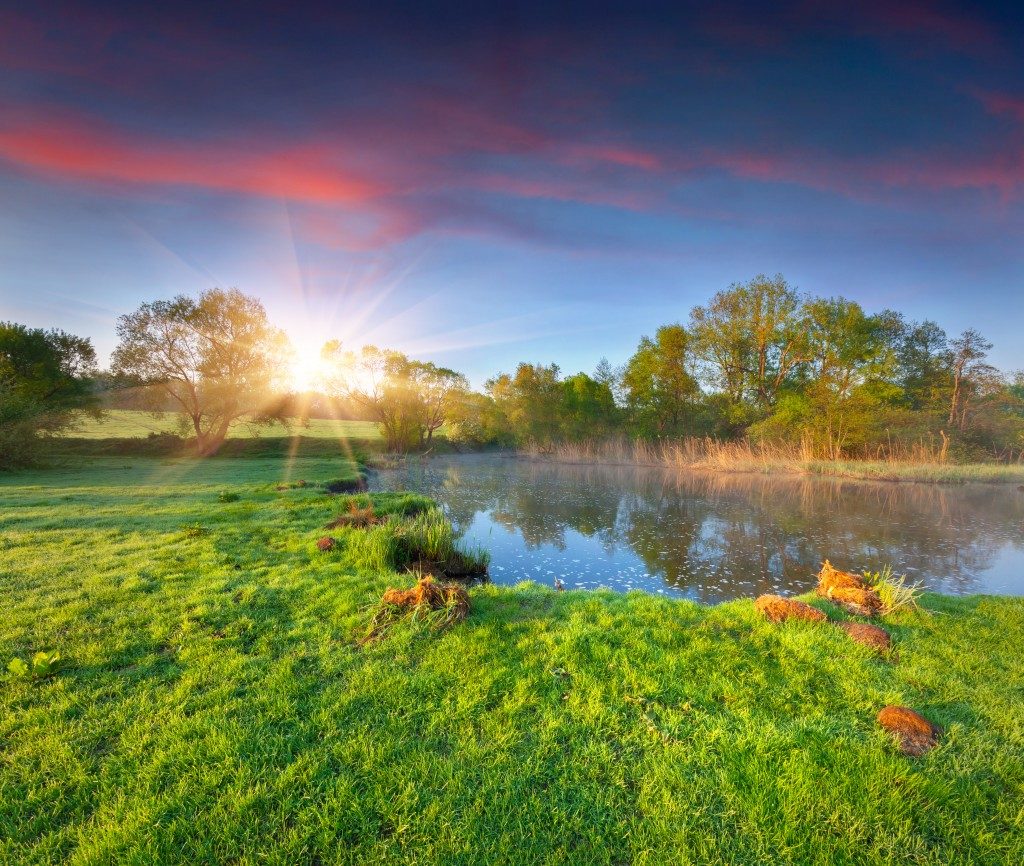You invited your friend who owns a commercial landscaping company in Lafayette to come over for coffee one afternoon. You wanted to bounce off an idea you been thinking of for the past few months. Your friend worked on your huge backyard space to spruce it up and made it beautiful and functional.
You’ve been thinking of converting the space as a money-making venture. You wanted to find out if any of the work that he has done could be retained. Your business idea is to start a fish farming business. You have a degree in agriculture, but your career took a different turn when you worked in the marketing department of a tech company. You want to see if you can still use your knowledge from way back to start a business. What are the main things that you need to know if you want to start a fish farming business?
Overview of Fish Farming
Fish farming is part of the fish and seafood aquaculture industry. As of May 2019, the industry has earned $2 billion in revenue. Cheap imports, however, have contributed to the decline in the number of businesses across America, which now has a total of just 2,749. But annual growth is expected to remain positive based on the 1.9% rate for the past five years.
Starting Your Business

You might need to review plenty about what you studied in college. That’s part of the knowledge required for starting in this business. Here are a few other things that you need to consider:
- Build your pond. Farming fish can be done in cages in open water or by building a pond or tanks. Since this is going to be a home-based venture, you will either do it outdoor by building a pond or do it indoor using tanks or what is called indoor aquaponic farming. Both would respond to satisfying food demands, but space is a factor. If your backyard is big enough, design a pond that would give you a high harvest. Popular fish to breed are tilapia, catfish, trout, eels, or salmon. Decide which variety you will focus on based on your study of the market.
- Invest in equipment. Once you dug your pond, you would need water that’s appropriate for the farm. The quality of your municipal water should suffice, but it won’t hurt if you verify if it will be suitable for your fish. You would then need to source your juvenile fish. If you’re scaling up, the equipment that you would require includes fish tanks, pumps, aeration device, net, and water testing equipment. Be wise in sourcing your equipment. Find durable but reasonably priced items. Some are sold online, but be cautious when you make your purchase from there.
- Food for the fish. Fish can survive from the natural nourishment they can get from in and around the pond, like plants and insects. You can also opt to feed them with organic fish feed to make them grow at a faster rate. Observing how your fish eats your organic feed will tell you if they are eating properly. If they manically consume your feed, that might mean they lack food. Schedule your feeding to ensure that they get the right amount of food.
- Continuous learning. Methods and techniques are changing. New types of organic food are being developed. Find out about the latest developments in aquaculture by involving yourself in associations or organizations that support the aquaculture business community.
This might require significant investment, so you need to draw up a proper business plan that discusses your financial strategy, your marketing strategy, and your knowledge of the competition.
